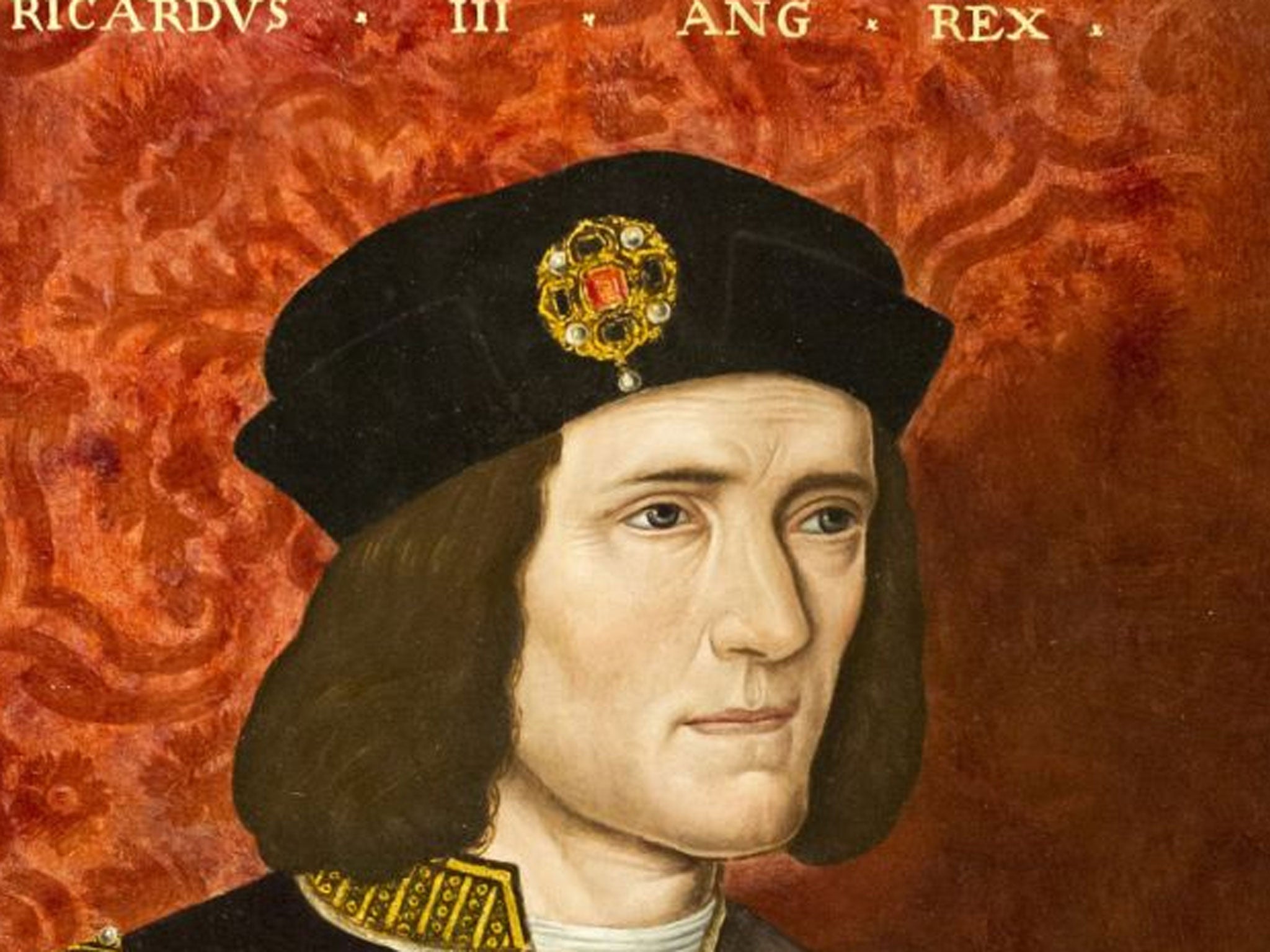Row over burial site for King Richard III: Parliamentary petition calling for debate on final resting place misses target
Remains of monarch were discovered by archaeologists from the University of Leicester after a dig in a city centre car park

Your support helps us to tell the story
From reproductive rights to climate change to Big Tech, The Independent is on the ground when the story is developing. Whether it's investigating the financials of Elon Musk's pro-Trump PAC or producing our latest documentary, 'The A Word', which shines a light on the American women fighting for reproductive rights, we know how important it is to parse out the facts from the messaging.
At such a critical moment in US history, we need reporters on the ground. Your donation allows us to keep sending journalists to speak to both sides of the story.
The Independent is trusted by Americans across the entire political spectrum. And unlike many other quality news outlets, we choose not to lock Americans out of our reporting and analysis with paywalls. We believe quality journalism should be available to everyone, paid for by those who can afford it.
Your support makes all the difference.A petition calling for a parliamentary debate on the final resting place of the most reviled and misunderstood monarch in English history has failed to reach its signature target.
The Government e-petition, set up by the Plantagenet Alliance, needed 100,000 signatures to request a debate in the House of Commons on the decision to re-inter the remains of King Richard III in Leicester Cathedral.
It had gathered 31,276 signatures by the time it closed yesterday. The Plantagenet Alliance, made up of a small group of the monarchs distant relatives, has already successfully applied to the High Court for a judicial review into a licence granted to re-inter the remains at Leicester Cathedral.
Government e-petitions give the public the opportunity to request a debate on a particular subject in the House of Commons. They have a maximum time limit of a year to gather signatures. A petition that gains 100,000 signatures will be considered for debate.
Archaeologists from the University of Leicester discovered the remains of the last king of the House of York and the last of the Plantagenet dynasty after a dig in a city centre car park. The licence to carry out the dig, issued by the Ministry of Justice, gave the university the authority to decide where to rebury the king.
The Plantagenet Alliance, formed shortly afterwards, requested a judicial review of the f the government licence over the lack of consultation of the issue of where the monarch would be laid to rest. The group wants the king's remains to be re-interred in York Minster as they believe it was the monarch's wish.
A rival e-petition, supporting the re-interment in Leicester, has attracted more than 25,000 signatures. It closes on October 12.
The monarch's remains are to be re-interred in a specially designed tomb at Leicester Cathedral. Tourism experts have estimated ticket sales to a Richard III attraction could be worth up to £4m a year.
Stephen Nicolay, from the Plantagenet Alliance, told the BBC: “There is clearly a lot of interest in where he will ultimately be re-interred.
“The numbers that are there at the moment are illustrative of the fact that this is an important thing, it is something of national interest.”
Meanwhile, members of the Richard III Society have withdrawn money they donated for a tomb to hold the remains of the recently discovered king in protest at the proposed design. Philippa Langley, secretary of the Scottish branch of the Society, said some members had complained the Leicester Cathedral design was “too modern and stylised” and unsuitable for a medieval warrior king.
King Richard III was killed at the Battle of Bosworth in 1485, bringing to a close the tumultuous period of English history known as the Wars of the Roses. The monarch is famous today for his death as well as the disappearance of his young nephews, and his portrayal in Shakespeare's play The Tragedy Of King Richard III.
An investigation of his skeleton found that he was 5ft 8ins tall, slightly above average height for the time. Although he suffered from scoliosis, a severe curvature of the spine, he was active in military affairs and was in fact the last English king to die in battle.
Additional reporting PA
Join our commenting forum
Join thought-provoking conversations, follow other Independent readers and see their replies
Comments